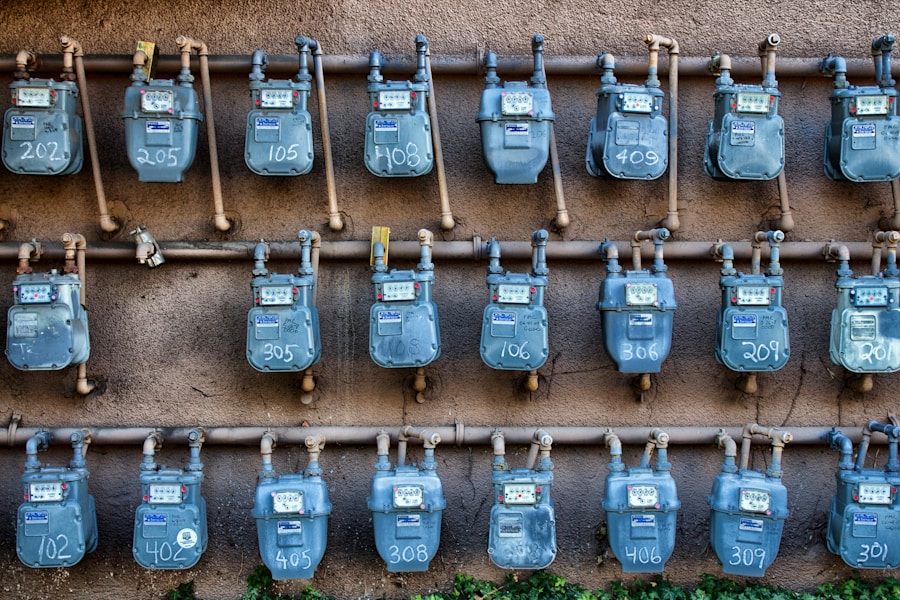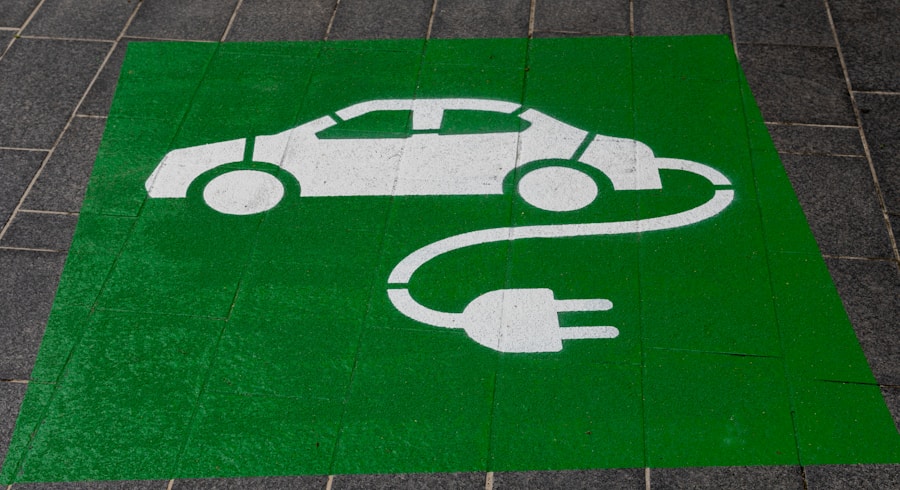Domestic energy tariffs are the prices that consumers pay for their gas and electricity usage. These tariffs can vary depending on the type of meter you have, the region you live in, and the energy supplier you choose. There are several types of energy tariffs, including standard variable tariffs, fixed-rate tariffs, and green tariffs. Standard variable tariffs are the default option for many energy suppliers and can fluctuate in price depending on market conditions. Fixed-rate tariffs, on the other hand, offer a set price for a certain period, providing consumers with stability and protection from price increases. Green tariffs are designed for environmentally conscious consumers and offer energy from renewable sources such as wind or solar power.
It’s important to understand the different types of energy tariffs available to you as a consumer, as well as the factors that can affect your energy bills. By understanding how energy tariffs work, you can make informed decisions about your energy usage and potentially save money on your bills. It’s also important to regularly review your energy tariff to ensure that you are getting the best deal for your needs.
How to Compare and Choose the Best Energy Tariff for Your Home
When it comes to choosing the best energy tariff for your home, there are several factors to consider. The first step is to compare the different tariffs available from various energy suppliers. This can be done by using price comparison websites or by contacting suppliers directly. When comparing tariffs, it’s important to consider not only the price per unit of energy but also any standing charges or exit fees that may apply. It’s also important to consider the length of the tariff and whether it offers any additional benefits, such as cashback or discounts on other services.
Once you have compared the different tariffs available, you can then choose the best option for your home. This may involve considering your energy usage patterns, your budget, and any environmental considerations. For example, if you are a heavy energy user, a fixed-rate tariff may offer you more stability and protection from price increases. If you are environmentally conscious, you may want to consider a green tariff that offers energy from renewable sources. By taking the time to compare and choose the best energy tariff for your home, you can potentially save money on your energy bills and reduce your environmental impact.
The Benefits of Switching to a New Energy Tariff
Switching to a new energy tariff can offer several benefits for consumers. One of the main benefits is the potential to save money on your energy bills. By comparing and switching to a cheaper tariff, you can reduce the amount you pay for your gas and electricity usage. Switching to a fixed-rate tariff can also provide stability and protection from price increases, giving you peace of mind about your energy bills. In addition to potential cost savings, switching to a green tariff can also help reduce your environmental impact by supporting renewable energy sources.
Another benefit of switching to a new energy tariff is the opportunity to access additional benefits or rewards. Some tariffs offer cashback or discounts on other services, such as boiler servicing or home insurance. By taking advantage of these additional benefits, you can potentially save even more money on your household expenses. Switching to a new energy tariff can also provide an opportunity to review and reassess your energy usage patterns, potentially leading to more efficient and sustainable habits.
Tips for Negotiating a Better Energy Tariff with Your Current Provider
If you’re happy with your current energy supplier but want to negotiate a better tariff, there are several tips that can help you get a better deal. The first step is to research the different tariffs available from your current provider and their competitors. This will give you an understanding of what is available in the market and provide you with leverage when negotiating with your current supplier. It’s also important to be aware of any special offers or promotions that may be available to new customers, as this can give you additional bargaining power.
When negotiating a better energy tariff with your current provider, it’s important to be prepared and confident in your approach. This may involve contacting your supplier directly and explaining why you feel that you deserve a better deal. You can also use any information you have gathered from researching other tariffs to support your case. It’s important to be polite but firm in your negotiations and be prepared to switch suppliers if necessary. By being proactive and assertive in negotiating a better energy tariff, you can potentially save money on your bills and secure a more favourable deal.
The Role of Smart Meters in Managing Domestic Energy Tariffs
Smart meters play an important role in managing domestic energy tariffs by providing consumers with real-time information about their energy usage. These digital devices measure how much gas and electricity you use and send this information directly to your energy supplier. This means that you no longer need to submit meter readings manually, and your bills are based on accurate usage data rather than estimates. Smart meters also come with in-home displays that show you how much energy you are using in pounds and pence, making it easier to understand and manage your energy usage.
By using smart meters to monitor your energy usage, you can identify areas where you may be able to make savings and reduce waste. For example, if you notice that your energy usage is particularly high at certain times of day, you may be able to adjust your habits or invest in more energy-efficient appliances. Smart meters also make it easier to switch between different energy tariffs, as they provide accurate usage data that can be used to compare different options. By taking advantage of the information provided by smart meters, you can potentially save money on your energy bills and reduce your environmental impact.
How to Use Energy Tariffs to Reduce Your Carbon Footprint
Energy tariffs can play a significant role in reducing your carbon footprint by supporting renewable energy sources and promoting more sustainable habits. One way to reduce your carbon footprint through energy tariffs is by choosing a green tariff that offers energy from renewable sources such as wind or solar power. By supporting renewable energy, you can help reduce reliance on fossil fuels and lower greenhouse gas emissions. Green tariffs also often come with additional benefits, such as carbon offsetting or tree planting initiatives, which further contribute to environmental conservation efforts.
In addition to choosing a green tariff, there are several other ways that you can use energy tariffs to reduce your carbon footprint. For example, by opting for a time-of-use tariff that offers cheaper rates during off-peak hours, you can encourage more efficient use of energy and reduce strain on the grid. You can also consider investing in smart home technology that allows you to monitor and control your energy usage more effectively, further reducing waste and emissions. By using energy tariffs as a tool for reducing your carbon footprint, you can contribute to global efforts to combat climate change and create a more sustainable future for generations to come.
The Future of Domestic Energy Tariffs: What to Expect in the Coming Years
The future of domestic energy tariffs is likely to be shaped by technological advancements, regulatory changes, and evolving consumer preferences. One key development that is expected to impact domestic energy tariffs in the coming years is the widespread adoption of smart meters. As more households install smart meters, there will be greater opportunities for consumers to access innovative tariffs that offer more flexibility and control over their energy usage. This could include dynamic pricing models that reflect real-time supply and demand conditions, as well as tailored tariffs that reward consumers for using energy at certain times or in specific ways.
Another trend that is likely to shape the future of domestic energy tariffs is the increasing focus on sustainability and environmental responsibility. As consumers become more aware of their carbon footprint and demand cleaner energy options, there will be greater pressure on suppliers to offer green tariffs and support renewable energy sources. This could lead to more competitive pricing for green tariffs and an expansion of benefits such as carbon offsetting or tree planting initiatives. In addition, there may be an increased emphasis on transparency and consumer empowerment, with regulators pushing for clearer information about tariffs and greater choice for consumers.
In conclusion, domestic energy tariffs play a crucial role in shaping how consumers access and use gas and electricity in their homes. By understanding the different types of tariffs available and how they work, consumers can make informed decisions about their energy usage and potentially save money on their bills. Choosing the best energy tariff for your home involves comparing different options, considering factors such as price, benefits, and environmental impact, and negotiating with suppliers where necessary. Switching to a new energy tariff can offer several benefits, including potential cost savings and access to additional rewards or benefits. Smart meters play an important role in managing domestic energy tariffs by providing real-time information about usage and helping consumers make more informed decisions about their energy usage. By using energy tariffs as a tool for reducing their carbon footprint, consumers can contribute to global efforts to combat climate change and create a more sustainable future for generations to come. Looking ahead, the future of domestic energy tariffs is likely to be shaped by technological advancements, regulatory changes, and evolving consumer preferences, with a greater focus on sustainability and innovation expected in the coming years.





0 Comments